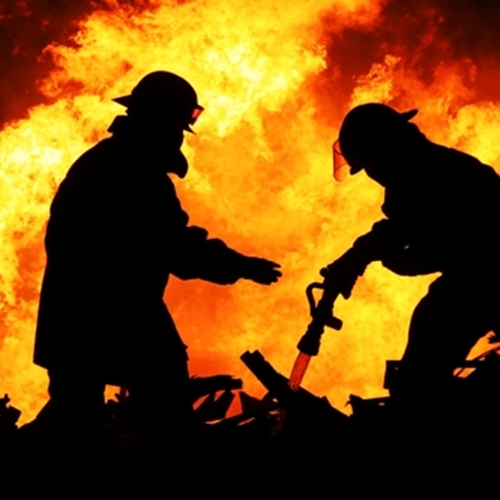Although fires in data centers are relatively rare, they are nonetheless capable of inflicting substantial damage if and when they do occur. Preventing fires and mitigating the spread of the blaze is an important component of data center design, as hundreds of servers running in close proximity generates a substantial amount of heat and a malfunctioning rack could ignite. At the same time, fire prevention and suppression are made more complex by the unique needs of data centers – many conventional sprinkler systems used in other facilities would effectively destroy many data center assets, causing damage equivalent to what the fire would have wrought. Knowing the system a data center operator has in place to prevent and fight fires is an important component of data center research.
Cautionary Tales
In April, a fire severely damaged the building containing the data center that supports IT services for the entirety of Macomb County, Mich., reported the Macomb Daily. Lacking a backup data center, IT services were knocked completely offline when computers were damaged, leaving county administrators and staff without Internet or phones. The county, located west of Detroit, has 850,000 residents. Macomb County was in the process of constructing a new facility, but it had not been completed at the time of the fire, which was caused when a leaking water pipe started a multi-story electrical fire.
The building itself was a poor choice for server and computer placement, as its age meant that it was grandfathered from several critical building and fire codes, the Daily reported. These exemptions included the lack of a modern fire suppression sprinkler system. It’s a prime example of the need for backup solutions and up-to-date disaster recovery planning, as well as a cautionary tale to organizations that decide to forego third party enterprise data centers in favor of keeping their data needs in-house.
In New Jersey, a fire alarm in a data processing center in July shut down several critical state computer systems, including those used by the Motor Vehicle Commission, the North Jersey Media Group reported.
Even fire suppression systems can be an agent of destruction – recently, an errant alarm in an Oregon public school district data center set off a fire suppression system that severely damaged the school system’s servers and hard drives. School district staff arrived to find that they couldn’t access the Internet, email, student emergency contact information or online textbooks, among other data – in short, much of the information they needed to do their jobs. While much of the data was recovered, the incident indicates that fire suppression systems can pose similar problems to actual fires and must be carefully controlled and tested.
Fighting Fires with Data Center Design
Ultimately, the mission-critical nature of data center facilities means that systems can never go offline for any length of time or risk being compromised by environmental factors. Because data centers have to interact with the physical world around them, have thousands of moving parts and are subject to the behaviors of fallible human agents, multi-stage fire detection and prevention strategies are necessary. It’s the only way to both keep fires from happening and ensure that facilities function with as little interruption as possible if they do flare up.
- Spot Detection – In large facilities, knowing exactly where the alarm is coming from is incredibly valuable. However, because data center airflows are rapid, many smoke detectors, like ionization sensors, will be slow to identify the area of the fire – they pick up the area of carbon monoxide or infrared, wrote Mission Critical Magazine contributor David George. Photoelectric smoke detectors could offer the best solution, as they detect combustion particles in the air. An onboard microprocessing device can utilize sophisticated algorithms in real-time to determine if it’s a false alarm or an actual fire.Some high-sensitivity detectors can be programmed to increase their capacities during specific times of the day, so it will be more likely to sound the alarm if there are no workers in the area. These devices can be placed on ceilings, below raised floors and in air ducts.
- Clean Agent Suppression – Clean agent suppression solutions offer data center operators a better preventative option before sprinkler systems have to be deployed, according to the magazine. While sprinklers may be necessary if there is no other option, clean agents can stop fires in their inchoate stage. A gas-based, waterless agent, the suppressor can drift to all areas of the facility, quelling small flames through oxygen depletion or heat absorption. They leave no damaging residue on servers and other equipment afterward.




